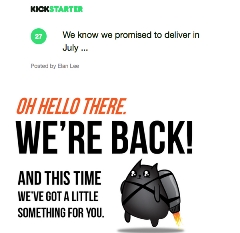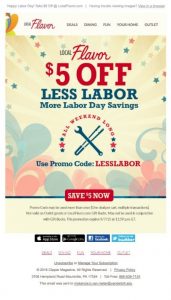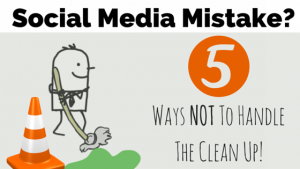Creating a strategy for email marketing will keep you in the race for customers. Continuity is key – both in terms of implementation and in identifying and reacting to change.
Outlook (Hotmail), Gmail, Yahoo, et al have been employing user interaction (or lack thereof) to determine whether emails are delivered in the inbox or junk folder for some time now but engaging users should, of course, be a marketing fundamental.
Email is the mainstay of online marketing – commercial tools for sending mass marketing emails have been available in the UK since 1999. Every year since has shown double digit growth in email marketing spend despite the decline in the cost of email volume. Why? Because people like emails. Well, they like the ones they want anyway!
So, attention should be paid to how email marketing is done. Even today, many companies create a generic sales led offer or newsletter and send it to their email list with predictable regularity. The message is often the same which quickly leads to email fatigue – as consumers, we expect more than this now and quickly tune out of the same old emails pushing the same old stuff.
A strategy is required – and one that covers every aspect of email marketing communications. Here are a few areas to look at when formulating a strategy – and they start before you have collected your first email address.
Sign me up
Set up a two stage sign-up process – the first is a quick and easy ‘add me to your email list’ where you ask for an email address only (and maybe a first name). This makes it an easy decision for people to sign up and, on submission, invite your new registrants to submit more information so they can receive emails about the things they like and want to hear about. However, don’t make this a compulsory step. You may also want to consider offering people the chance to choose email frequency if you are likely to be sending lots of campaigns.
I’m new here
Once you have the addresses, begin a nursery programme. Starting with an instantly triggered welcome email, set up a sequence of emails that encourage new registrants to do the thing you want them to do and explain the types of emails they’ll recieve and their frequency to set expectations. This sequence needs to be reactive, so subsequent emails in the sequence are tailored based on how people interact with earlier ones. Statistics consistently show that new data is responsive, so don’t just add them to your main database to receive the next newsletter.
Trigger happy
Send emails triggered by actions on your website, dates or other events. Done well, triggered emails are a win-win – people get emails when they do something (sign up, purchase, don’t purchase, on they birthday etc.) and they get them at the right time so are still in a receptive frame of mind. Don’t forget about these emails though – ‘review and renew’ not ‘set and forget!’.
I’m not like all the others
Like the estate agent mantra ‘location, location, location, a marketers mantra should be ‘targeting, targeting, targeting.’ Segment your list based on the things you know about the people on it – from website actions, purchasing history, geo-demographics and email open and click data. Most good email systems allow content to be served into emails dynamically, so you shouldn’t have to build multiple creatives for multiple segments.
Testing times
Another marketing mantra is ‘test, test, test’ – and it’s quick and generally easy to run tests with email and you get the results fast. Test different subject lines, creatives, offers and send dates and times (but not all at the same time!) Here’s a handy list of some of the things you can test.
Upwardly mobile
Design and code emails that work on mobile devices – and not just to make them fit a ‘phone screen. Think, portrait not landscape, tap not click, use strong original images and keep messages clear and concise. Think about the environment in which people may see these emails, create a short subject line, remember the pre-header and have an easy to understand compelling call to action.
Dead wood
Inactive users? Act now! Look at your email analytics to see who isn’t opening emails. Anyone who hasn’t opened one in six months or more probably never will. Continuing to mail them will ultimately cause delivery issues as well as you paying to send emails people won’t read. Removing the data is the best option – even though there was a cost and time element to build up the database. By all means put together a reactivation program (similar in process to a nursery program), but don’t expect miracles as most addresses are likely to remain inactive.
Social climber
Integrate social media into emails, giving your users the chance to share your emails with their friends. If your email marketing is done well and you have affinity with your users they are more likely to share your content and an audience of one becomes an audience of tens or hundreds.
Peer-to-peer
People trust what other people say over what companies say – so real reviews on a product or service can go a long way in helping customers feel confident about making a purchase decision. Include positive reviews in your emails to build trust in your brand.
Adapt or die
The Internet is constantly evolving and so is the way in which we use it. Any good digital strategy needs to evolve too and the wealth of information you can collect on how your data interacts with emails you send, pages they visit on your site, devices they use and purchases they make should be used to shape your email marketing activity. Review your email practices constantly and hold in-depth quarterly reviews with all stakeholders to ensure everything you are doing is geared towards what you list is doing.
I’ll leave you with an email that gets things right on many levels – even if you don’t appreciate the subject matter, the way it’s put together and approach it takes is highly engaging (and, no, it wasn’t sent to me, although I’m inclined to make a purchase anyway!)
(168)






